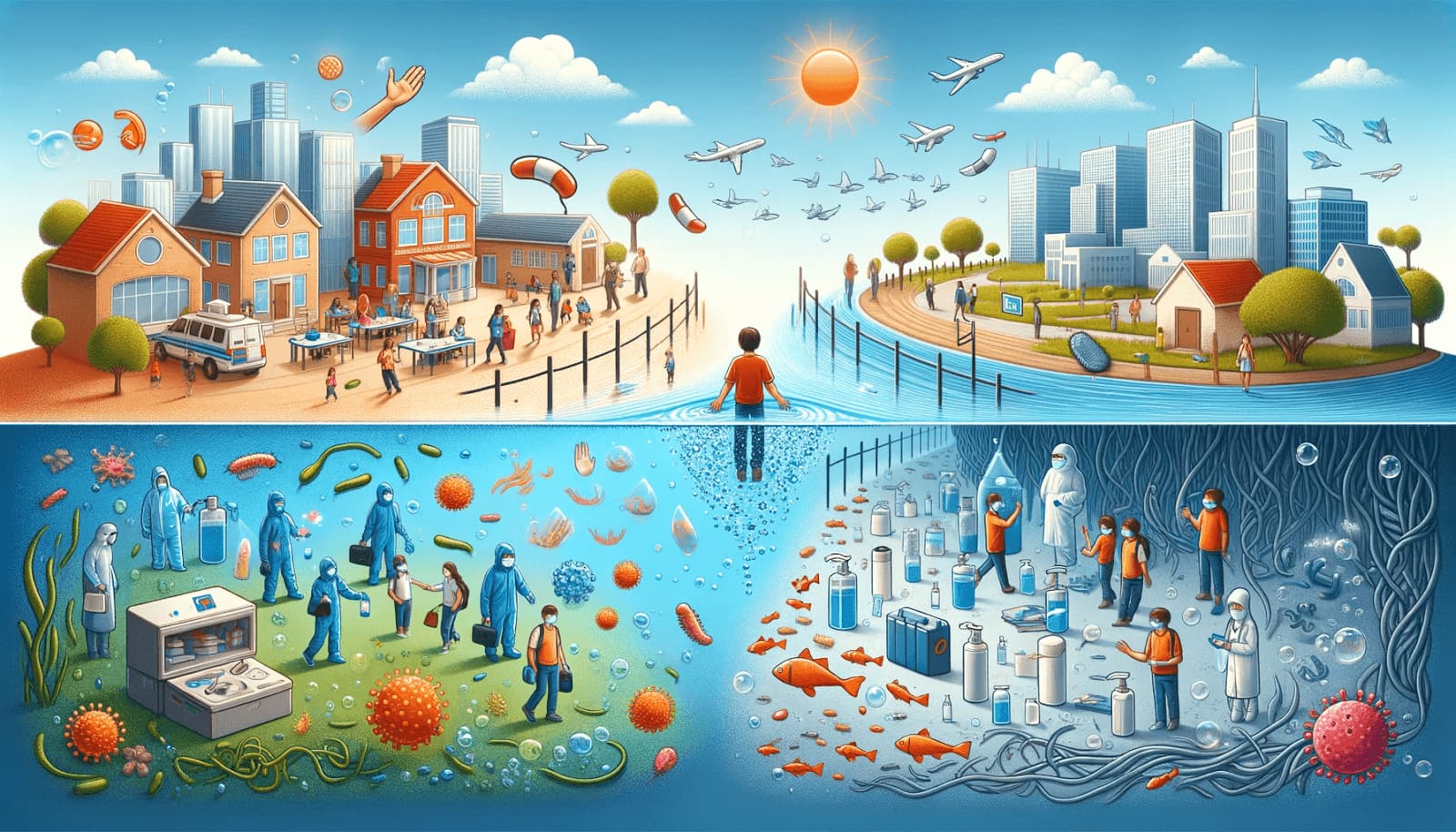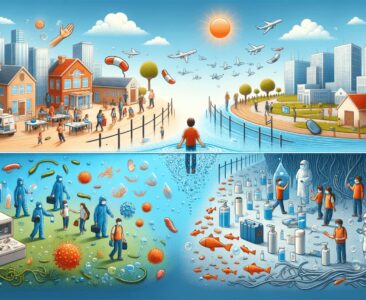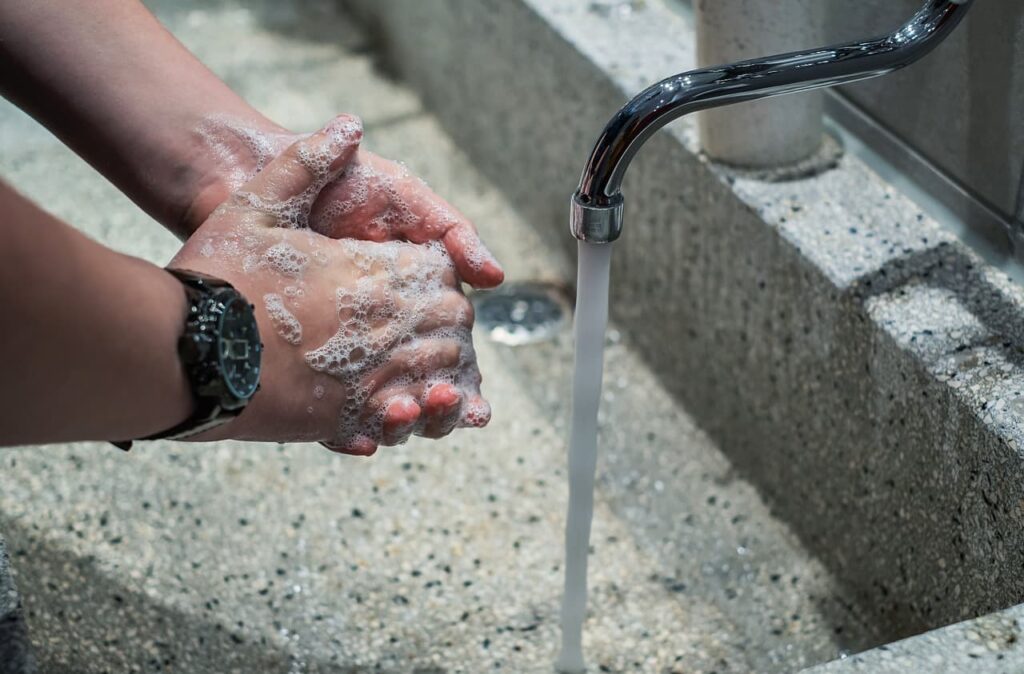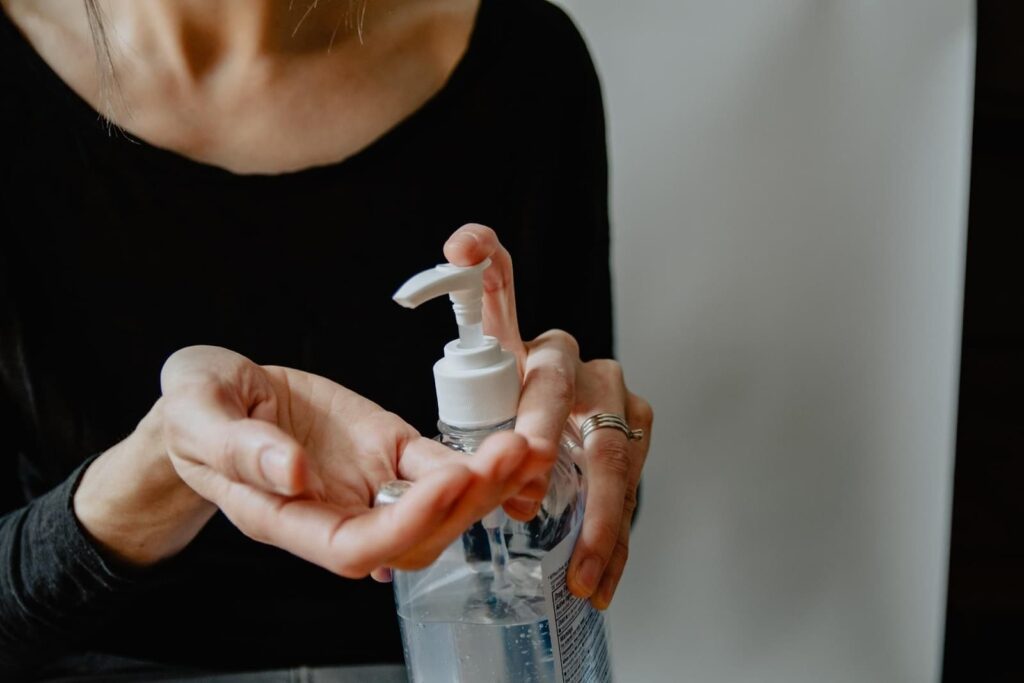In the realm of cleanliness and hygiene, disinfectants and sanitizers are often mentioned in the same breath. However, their functions, while similar, have distinct differences that can impact their use in various environments. Understanding these can help determine whether they are a benefit or a detriment in our daily lives.
Understanding Disinfectants and Sanitizers
Disinfectants
Disinfectants are chemical agents used to eliminate all types of pathogens and microbes on surfaces. They are not necessarily safe for use on skin but are highly effective for surface cleaning, particularly in medical settings or areas where the risk of infection is high.
Sanitizers
Sanitizers, on the other hand, are agents that reduce bacteria on surfaces and sometimes the skin to safe levels as determined by public health standards. They do not kill all pathogens but reduce their number significantly to prevent disease transmission.
The Benefits
- Disinfectants and sanitizers play a crucial role in controlling the spread of infectious diseases. By killing or reducing pathogens on surfaces and hands, they help maintain a healthier environment.
- Both agents are available in various forms, including liquids, sprays, and wipes, making them versatile for different settings, from hospitals to homes and workplaces.
- Their use in daily routines, especially in high-touch areas and personal hygiene, can be a vital preventive measure against illnesses like the flu, common cold, and more severe diseases.
The Detriments
- Frequent use of disinfectants and sanitizers can lead to exposure to chemicals that may be harmful to health, potentially causing skin irritation, respiratory issues, or other health problems.
- There’s a concern that overuse, especially of disinfectants, can lead to the development of “superbugs” or antibiotic-resistant bacteria, posing significant challenges to public health.
- Many disinfectants and sanitizers contain chemicals that can be harmful to the environment, contributing to pollution and the degradation of ecosystems when they enter waterways.
Comparing Disinfectants and Sanitizers
| Feature | Disinfectants | Sanitizers |
| Killing Power | Eliminate all types of pathogens and microbes. | Reduce bacteria to safe levels. |
| Usage | Surface cleaning in high-risk areas. | Surface and sometimes skin. |
| Health Risk | Higher due to potent chemicals. | Lower, but overuse can still pose risks. |
| Environmental Impact | Potentially high, depending on chemicals used. | Generally lower than disinfectants. |
Conclusion
Disinfectants and sanitizers offer significant benefits in maintaining hygiene and preventing disease transmission. However, their use comes with potential detriments, including health risks, the development of resistant bacteria, and environmental impacts. The key is to use these products judiciously, following best practices to optimize their benefits while minimizing their drawbacks. As we navigate the challenges of maintaining cleanliness in various settings, understanding the nuances between disinfectants and sanitizers can help make informed choices that support public health and safety.
FAQ
Can sanitizers replace handwashing?
No, sanitizers cannot replace handwashing. While sanitizers can reduce the number of microbes on the skin, handwashing with soap and water is more effective at removing certain types of germs, especially when hands are visibly dirty or greasy.
Are natural disinfectants as effective as chemical ones?
Natural disinfectants can be effective against some pathogens, but they may not be as comprehensive in their killing power as chemical disinfectants. It’s essential to choose products based on the specific needs and effectiveness against the pathogens of concern.
How can the use of disinfectants and sanitizers be optimized to minimize detriments?
To minimize risks, it’s crucial to use these products according to the manufacturer’s instructions, ensuring proper ventilation during use and choosing products with safer chemical profiles when possible. It’s also important to balance their use with other hygiene practices like handwashing.



